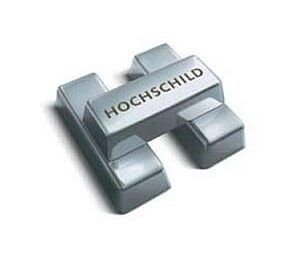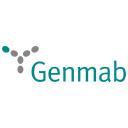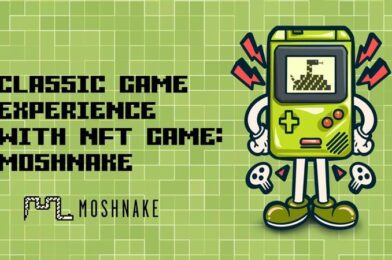Managed Detection and Response (MDR) services play a hugely valuable role for their clients.
Some clients lack the resource to have in-house cybersecurity teams — and others choose to simply side-step this process and outsource their safeguarding to the experts (a wise and scalable move for many).
Even when clients do choose to finance a fully in-house cybersecurity team, there can be a lag from taking the first steps towards setting this up, to the time that it’s fully operational. This lag time leaves the business vulnerable and susceptible to breaches.
MDRs offer a solution to these challenges and more. And when a client’s business, customers, and reputation are on the line, then an MDR needs to deliver.
A great MDR service brings together the power of technology with the human intelligence needed to analyze, locate, and resolve the threats that reside within the cyber landscape. It’s within any MDR’s interests to empower their staff and provide a platform for their development, both now and in the future.
5 investments that make MDRs more valuable to clients
1. Software
MDRs should be using a complementary combination of SIEM (Security Information and Event Management), SOAR (Security Orchestration, Automation and Response), and UEBA (User Entity and Behavior Analytics) to better protect their clients. This will provide a wide range of tools from which to draw the most informative data.
To be effective, an MDR team should amalgamate telemetry information alongside email, cloud, and network data for a comprehensive view of the client’s cyber environment.
Machine learning is an integral attribute of a cybersecurity platform that enables MDRs to cope with ever-changing situations. As a form of AI, ML’s smart analysis gives an MDR an advantage when scouring through reams of data in search of potential dangers.
Hackers and malevolent actors can navigate more easily around the cybersecurity mechanisms of old, as they are more rigid and less able to flag anomalous or suspicious patterns.
Without AI, MDRs are good at protecting organizations when combined with software. However, when machine learning is added into the mix, the competence of MDR escalates hugely.
2. Research and development
MDR professionals need to stay one step ahead of cyber threat trends and the technologies used for criminal behavior. MDRs that make use of their own new technologies will be best equipped to deal with the modern tactics deployed by cyber criminals.
To appeal to — and protect — future clients, MDR services should incorporate data gathered from a global network and be transparent about their methodologies. They should also invest in dedicated research and development efforts within their cyber protection setup.
Closely analyzing the threats that risk a client’s security, and those that actually breach, will ensure that they stay up to date with what’s currently happening in the landscape. They should then use their findings to evolve in line with the online environment and optimize their tooling to tackle future threats.
Further to this, a dependable MDR provider will have tested their responses to attacks in the field. As a result, they should be well practiced and effective at delivering a swift and well-ordered response that’s able to mitigate any dangers on a client’s behalf.
3. Endpoint security (EDR)
Endpoint detection and response (EDR) tools offer advanced threat detection, investigation, and response to protect each of a business’s endpoints — be that an in-office computer workstation, at-home laptop, CEO’s cell phone or tablet, and so on. EDR tooling has become increasingly crucial as a result of distributed workforces, where a client’s team will now be working from multiple, off-site locations and potentially accessing company data on unprotected networks.
With greater visibility over all of a client’s endpoints, MDRs can identify threat behavior even as bad actors attempt to breach the environment, stopping them instantly.
4. News, network, and community
Fellow MDR professionals can be rivals, but they can also be valuable sources of insight and best practices — providing lessons from their successes and their failures alike.
There are obvious external communities to be involved in: LinkedIn, newsletters, conferences/events, and industry news publications. But an MDR team may choose to set up their own communities within the business itself. If some members of the team are dedicated to one client industry, they may have knowledge that applies and adds value to other parts of the business or for other client groups.
Make the most of external and internal knowledge to improve your standard and service.
5. Culture
As we mentioned in the intro, Managed Detection and Response teams add value by bringing next-gen tech and human intelligence together. That means that the human element of an MDR team can make all the difference to current and future clients.
Clients will be looking to assess an MDR partner’s track record, size, and stability as factors when choosing who to work with. But they will also be looking for the right people to trust with their business. To secure new clients and provide value, MDRs should ask themselves if their team is collaborative, supportive, and dedicated in the eyes of a potential customer. The way an MDR works and the people they hire communicates just as loudly — and has just as much sway on the service they deliver — as the tech and tooling they have in place.
If you’re looking to start or optimize your MDR service, then Logpoint has the software you need to hit the ground running. Book a demo of Logpoint’s Converged SIEM (SIEM, SOAR, UEBA and BCS for SAP) platform today.





